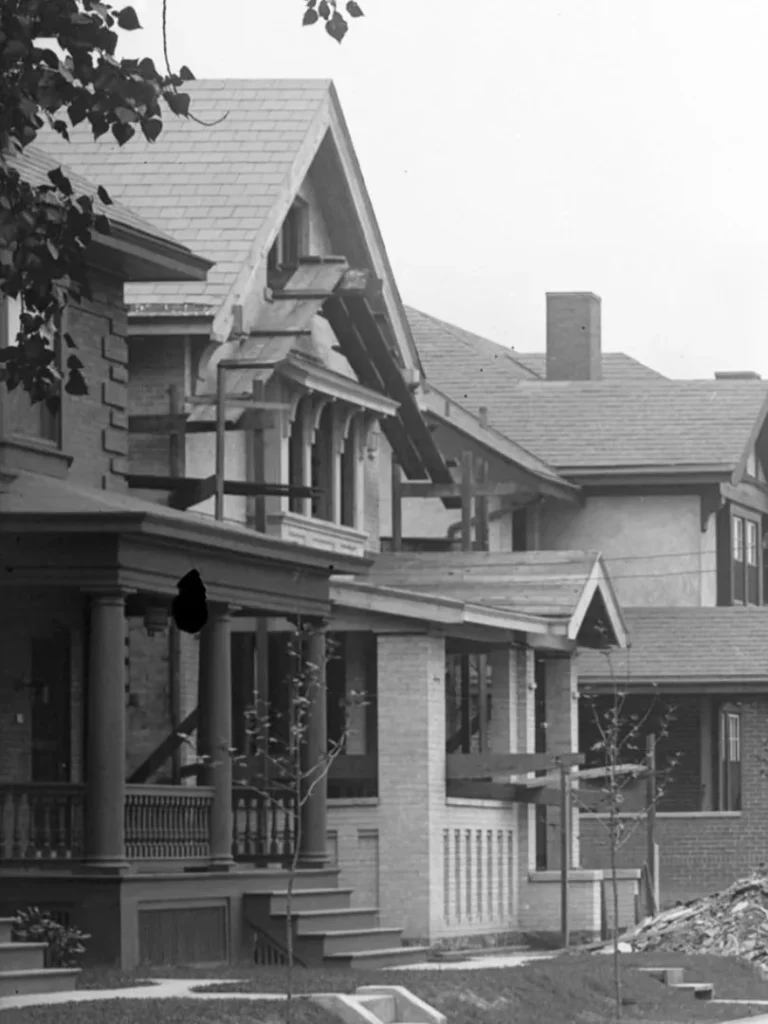
Except for the replaced and filled-in porch, this house is in remarkably good shape, with most of its characteristic details intact. By chance the Pittsburgh City Photographer happened to capture it on May 27, 1910, while it was still under construction, so we can compare its current state to what it looked like when it was new.



Comments







































